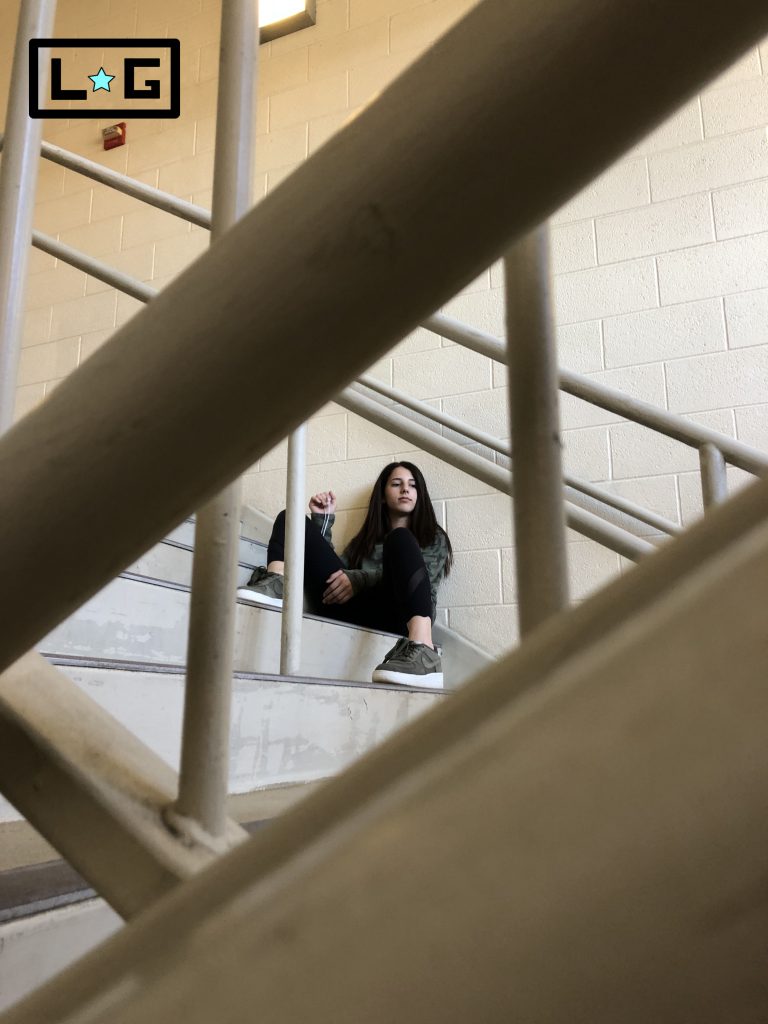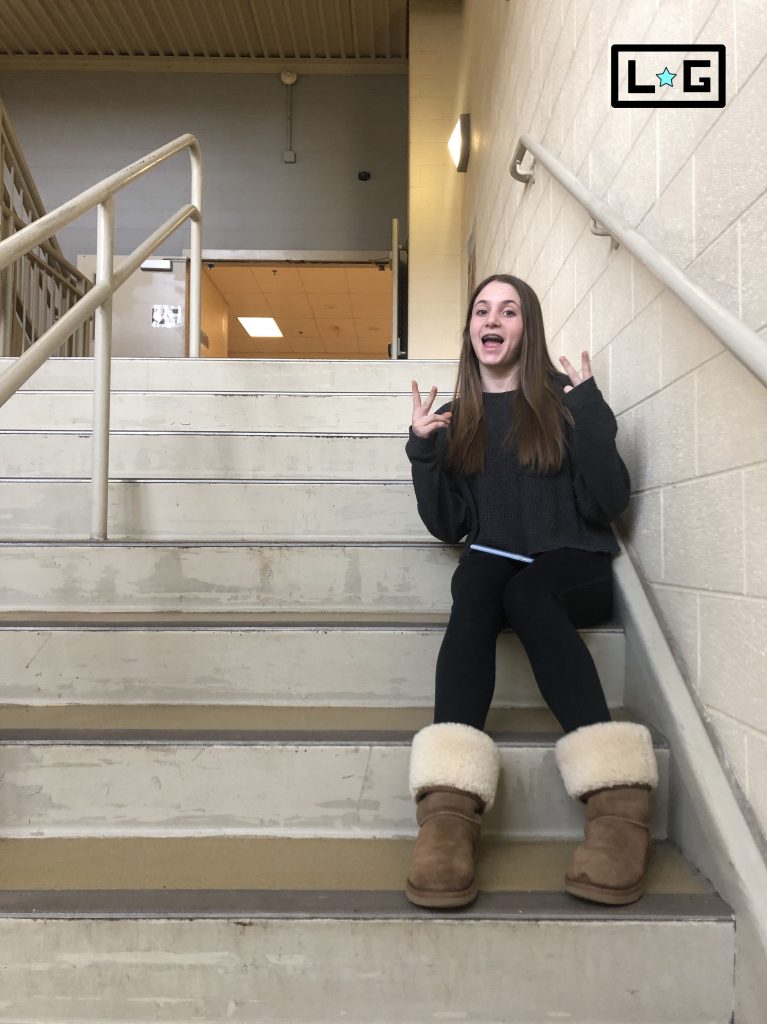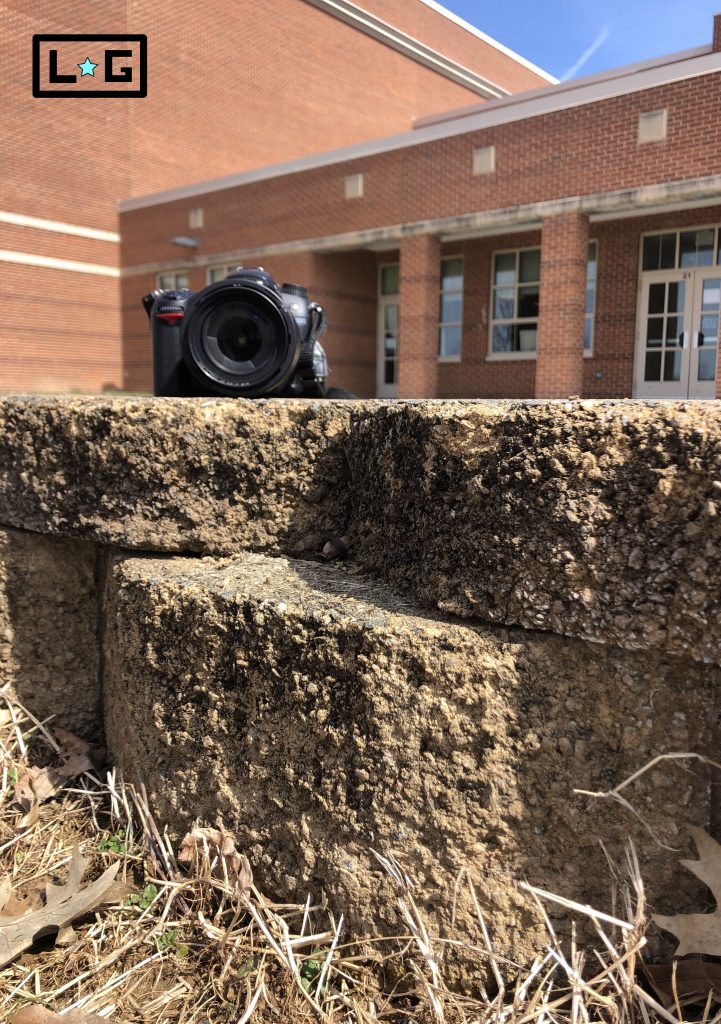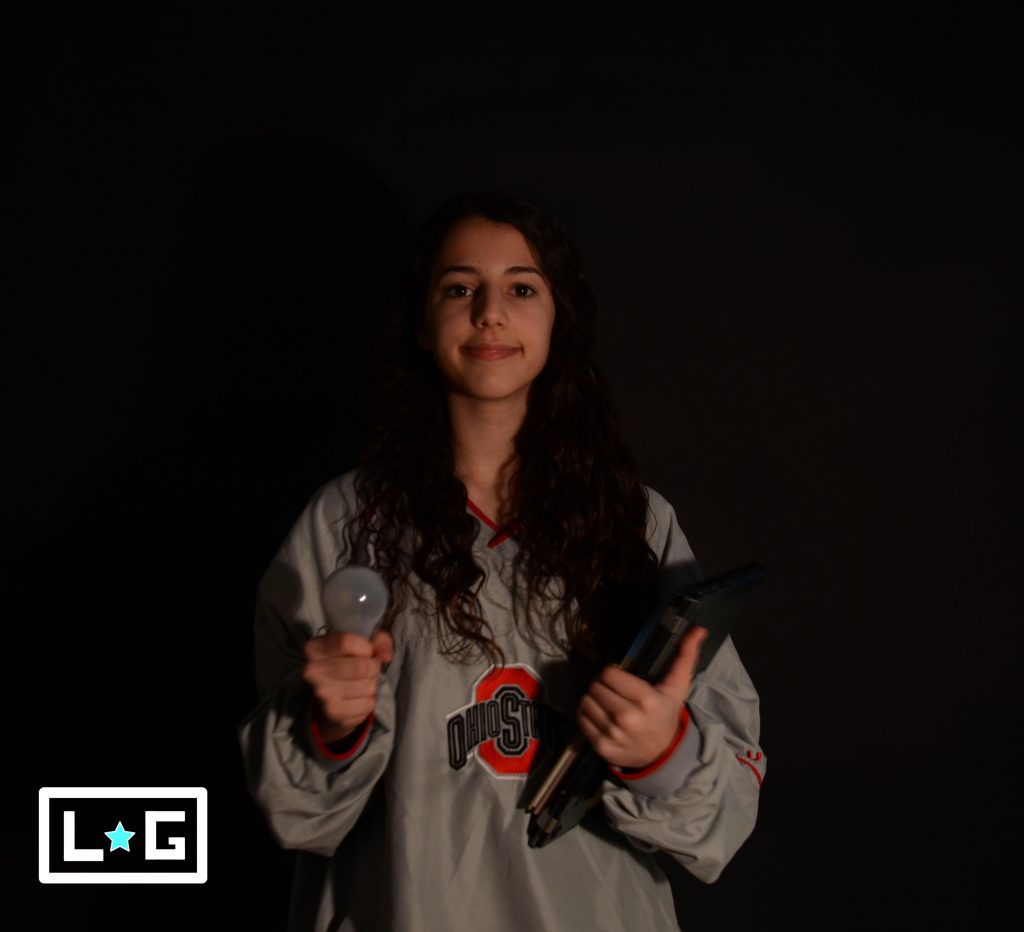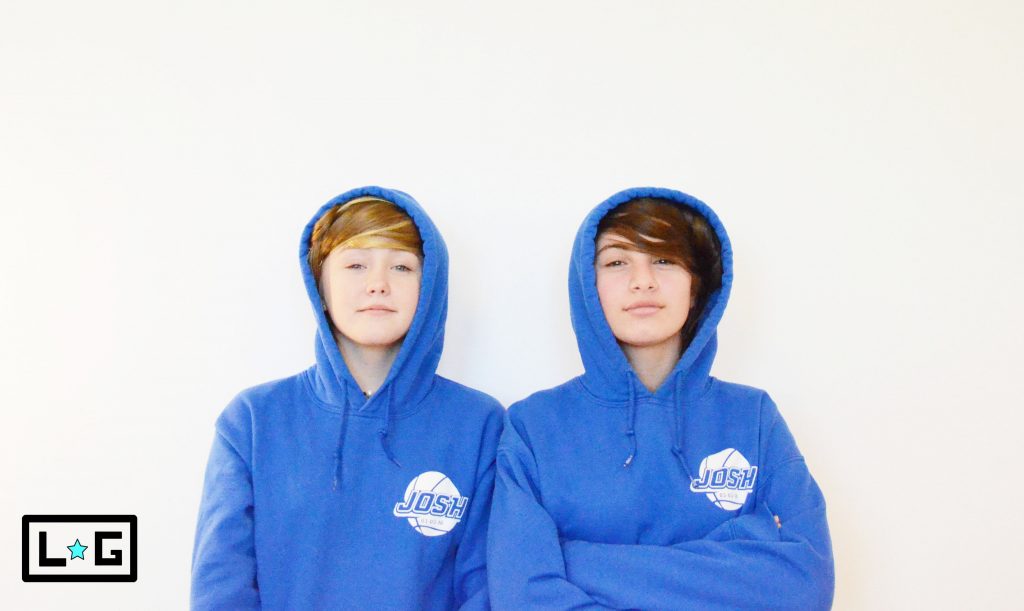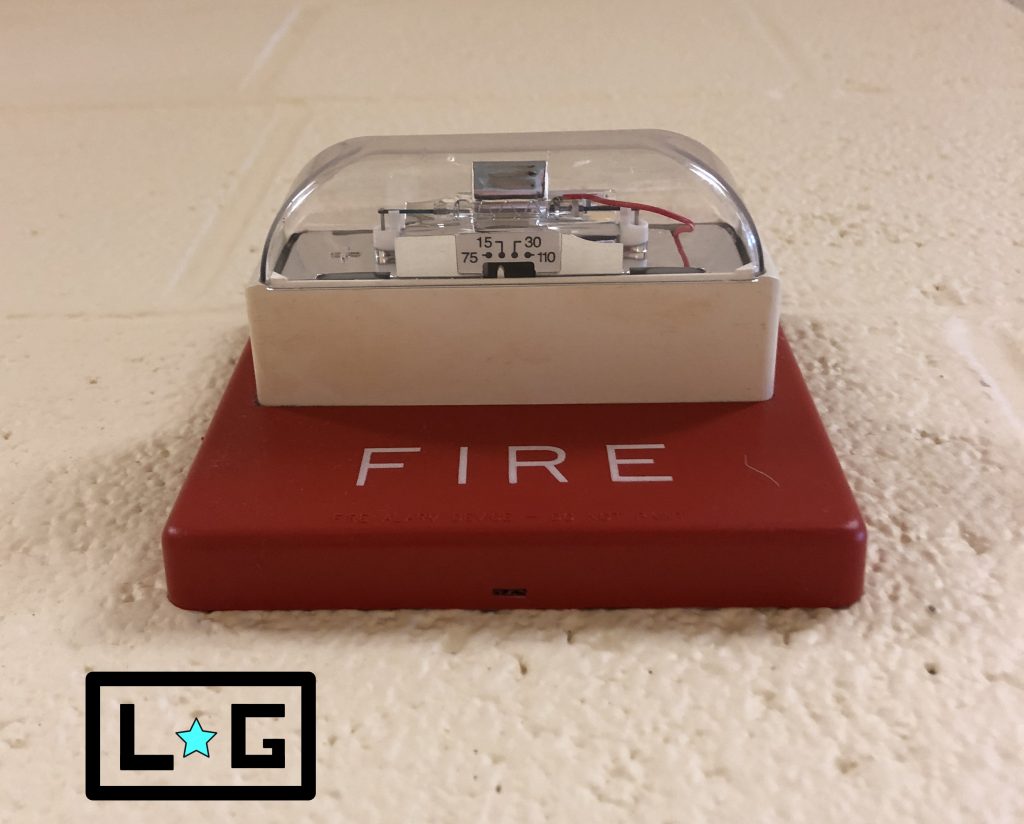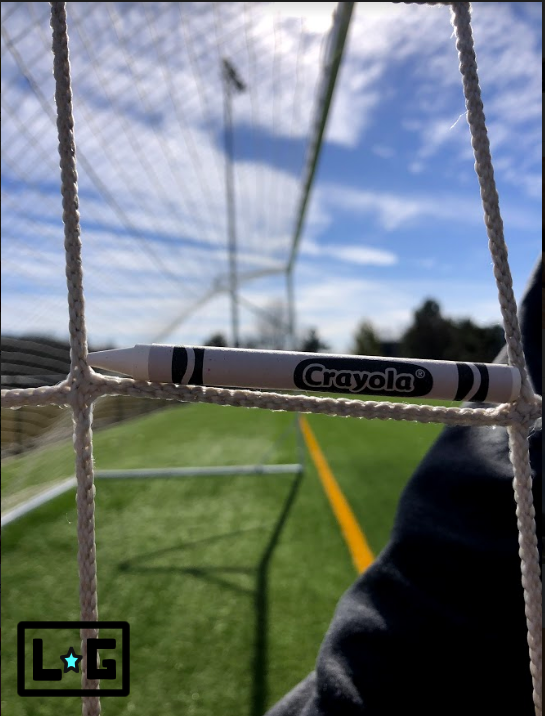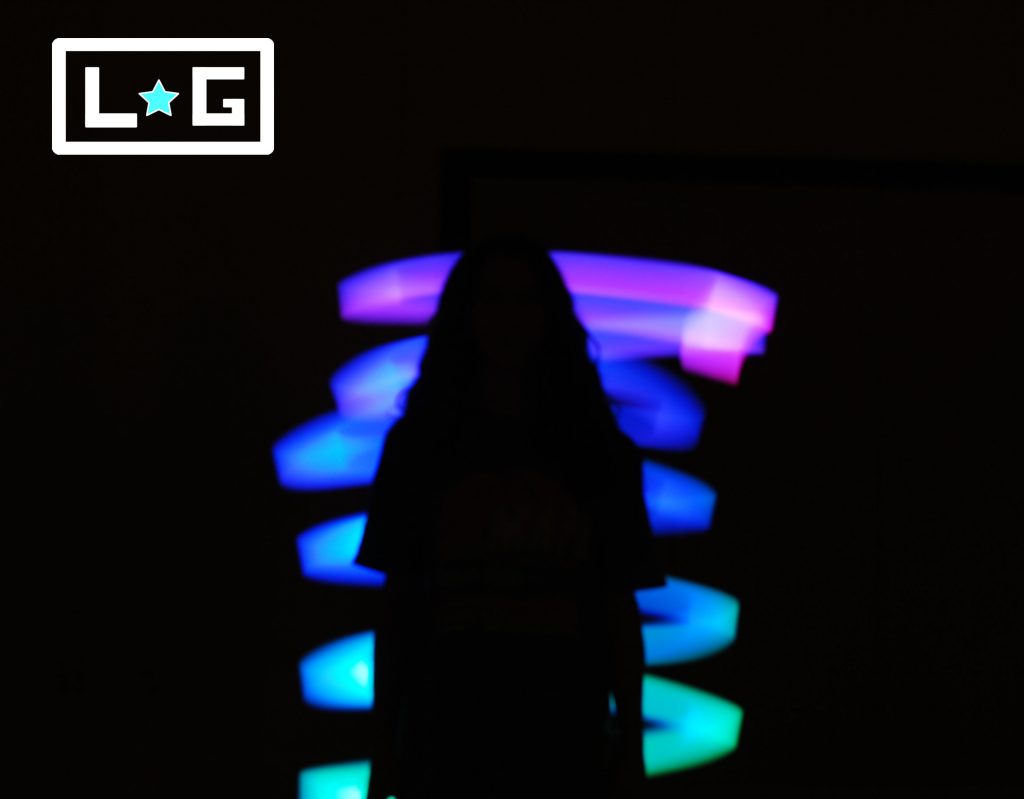
For these pictures, we needed to take our pictures in a very dark area so that the light would show up the best way possible. To do this, we went into the gym and turned off all the lights. Also, we had to have the camera set to very low ISO so that the camera wouldn’t take in as much light. We found it worked best if everything and everyone stayed as still as possible, so that the picture is focused and not blurry. We found that it didn’t work to have too much light coming in or leaving the camera open for too long, because it would mess up the lighting. It was frustrating when my group wouldn’t all be working and cooperating, because we couldn’t get as many pictures or the best quality pictures. To make this project even better, maybe be more specific about the kinds of pictures we should take, because it was very open-ended.
Click here to see the rest of my photos.





